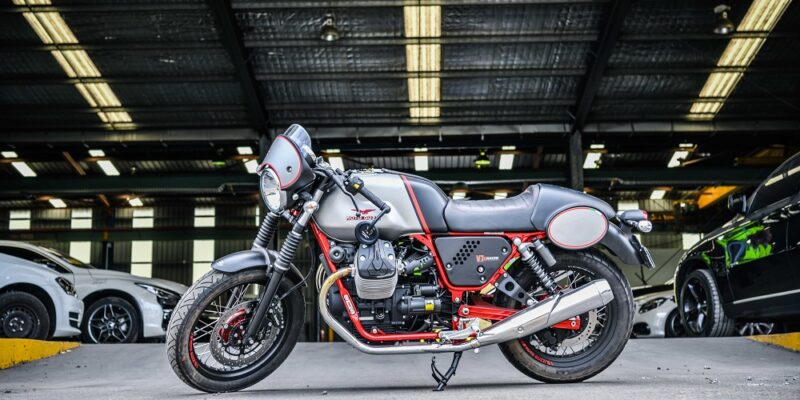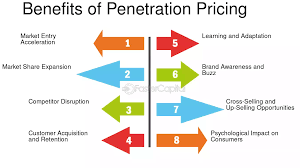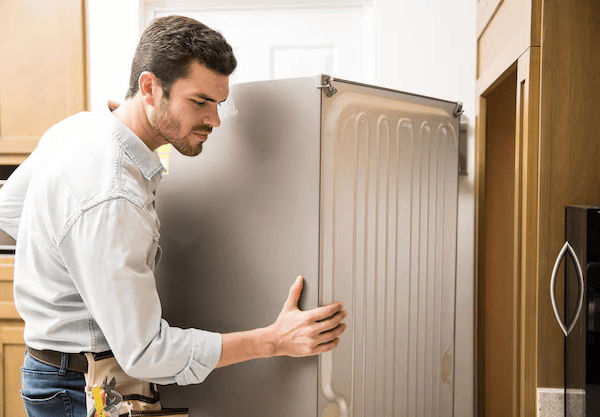
When it comes to buying a motorcycle, purchasing used can be an attractive option for many enthusiasts and first-time buyers. Whether you’re looking to save money, find a classic model, or simply test the waters of motorcycle ownership, the used market offers a wide variety of choices. However, shopping for a used Harley Davidson motorcycle requires careful consideration to ensure you’re making a smart investment. This guide will cover everything you need to know about buying used motorcycles, from the benefits and risks to tips on finding the perfect bike and navigating the purchase process.
1. Why Buy a Used Motorcycle?
Buying a used motorcycle comes with several advantages. The most obvious one is the cost savings. Motorcycles, like cars, lose a significant portion of their value the moment they leave the dealership. Buying used allows you to avoid this depreciation and get more value for your money. Additionally, the used market often offers a wider variety of models, including discontinued or classic bikes that may not be available new.
For beginners, purchasing a used motorcycle can be less intimidating. New riders may be more comfortable learning on a used bike, knowing that any potential drops or accidents won’t result in as high of a financial loss.
2. Popular Types of Used Motorcycles
Before diving into the process of purchasing, it’s essential to understand the various types of motorcycles available. Some of the most common categories include:
- Cruisers: Known for their relaxed riding position and classic styling, cruisers are ideal for long, comfortable rides. Harley-Davidson and Indian are well-known brands in this category.
- Sportbikes: These bikes are built for speed and performance, featuring aggressive styling and a forward-leaning riding position. Brands like Yamaha, Kawasaki, and Ducati dominate this space.
- Touring Motorcycles: Designed for long-distance travel, touring bikes come with extra features like storage compartments, comfortable seats, and advanced technology to make long rides enjoyable.
- Dual-Sport/Adventure Bikes: These versatile bikes can handle both on-road and off-road conditions, making them great for riders who want to explore different terrains.
- Standard Motorcycles: A middle ground between cruisers and sportbikes, standard motorcycles are great for beginners due to their upright riding position and general versatility.
Knowing which type of motorcycle suits your needs and lifestyle will help narrow down your options.
3. Where to Find Used Motorcycles for Sale
There are several avenues to explore when looking for used motorcycles:
- Dealerships: Many dealerships offer certified pre-owned motorcycles. While prices may be higher than private sales, buying from a dealership often includes benefits like warranties, financing options, and a thorough inspection of the bike.
- Online Classifieds: Websites like Craigslist, eBay Motors, and CycleTrader allow individuals to list their motorcycles for sale. This option typically offers a wide variety of bikes at different price points, but it’s essential to do your research to avoid scams.
- Motorcycle Auctions: Salvage or repo auctions can be a way to find heavily discounted bikes. However, bikes sold at auction often come with risks, such as undisclosed damage or missing history.
- Private Sellers: Buying from a private individual is another common way to purchase a used motorcycle. This option can yield great deals, but it also requires a thorough inspection and due diligence on the buyer’s part.
4. What to Look for in a Used Motorcycle
When shopping for a used motorcycle, it’s essential to do a careful inspection to ensure you’re getting a bike in good condition. Here’s a checklist of things to look for:
- Mileage: Motorcycles generally accumulate fewer miles than cars, but high mileage can still indicate significant wear and tear. While it depends on the type of bike, anything over 20,000 miles may warrant extra scrutiny.
- Service History: Ask the seller for maintenance records to ensure the bike has been properly cared for. A well-maintained bike will last longer and have fewer problems down the road.
- Tires: Check the condition of the tires, as replacing them can be costly. Look for cracks, uneven wear, or excessive tread loss.
- Brakes: The brakes should be in good condition, with plenty of life left in the pads and rotors. Test the brakes to ensure they function smoothly.
- Chain and Sprockets: The chain should be clean and well-lubricated, and the sprockets should not show excessive wear or sharp edges.
- Frame and Bodywork: Look for any signs of rust, cracks, or dents in the frame. Check for mismatched paint or bodywork, which could indicate the bike was involved in an accident.
- Engine Condition: Start the bike and listen for any unusual noises like knocking or ticking, which could indicate engine problems. The engine should idle smoothly, and there should be no oil leaks.
- Suspension: Push down on the front and rear of the bike to ensure the suspension is firm and not overly bouncy, which could indicate worn shocks.
5. Test Riding the Motorcycle
Once you’ve inspected the bike, it’s time to take it for a test ride. A test ride is crucial because it allows you to see how the motorcycle performs on the road. Here are some things to watch out for during the ride:
- Handling and Stability: The motorcycle should handle smoothly, without any wobbling or pulling to one side.
- Shifting Gears: The bike should shift gears easily, without any clunking or grinding noises. If the bike has a manual clutch, it should engage and disengage smoothly.
- Braking: The brakes should respond immediately and bring the bike to a smooth stop without any squealing or vibration.
- Comfort: Make sure the bike feels comfortable for your riding style, especially if you plan to take long trips.
6. Negotiating the Price
Once you’ve found a motorcycle that meets your criteria, it’s time to negotiate the price. Used motorcycles typically have more room for negotiation than new ones, especially when buying from a private seller. Before making an offer, research the fair market value of the motorcycle using resources like Kelley Blue Book or NADA Guides.
Point out any issues you discovered during your inspection or test ride to justify a lower price. Don’t be afraid to walk away if the seller isn’t willing to budge—there are plenty of other bikes on the market.
7. The Importance of a Vehicle History Report
A vehicle history report (VHR) is an essential part of buying a used motorcycle. Services like Carfax and CycleVIN provide information on the bike’s history, including:
- Accident history
- Odometer readings
- Title issues (such as salvage or rebuilt titles)
- Previous ownership records
A clean history report can give you peace of mind, while any red flags should prompt further investigation or reconsideration.
8. Financing a Used Motorcycle

If you don’t have the cash to pay for the motorcycle upfront, financing is an option. Many dealerships offer financing on used motorcycles, and some lenders will finance private sales as well. However, interest rates on used motorcycles may be higher than for new bikes, so it’s important to shop around for the best terms.
Another option is personal loans, which you can use to buy from private sellers. Just make sure the loan terms are favorable and fit within your budget.
9. Insurance and Registration
Before finalizing the purchase, make sure you can afford the insurance for your used motorcycle. Insurance rates vary based on factors like the bike’s age, model, and your driving record. Call several insurance companies to get quotes before buying the motorcycle.
After purchasing the motorcycle, you’ll need to transfer the title and register the bike in your name. This process varies by state or country, so check your local Department of Motor Vehicles (DMV) for specific instructions.
Conclusion
Purchasing a used Harley Davidson motorcycle can be an exciting and rewarding experience, but it requires careful consideration and research. By following the steps outlined in this guide, you’ll be well-equipped to find a great deal on a motorcycle that suits your needs and budget. Always prioritize safety and reliability, and don’t rush the process—finding the right bike takes time, but the result is well worth it. Happy riding!










